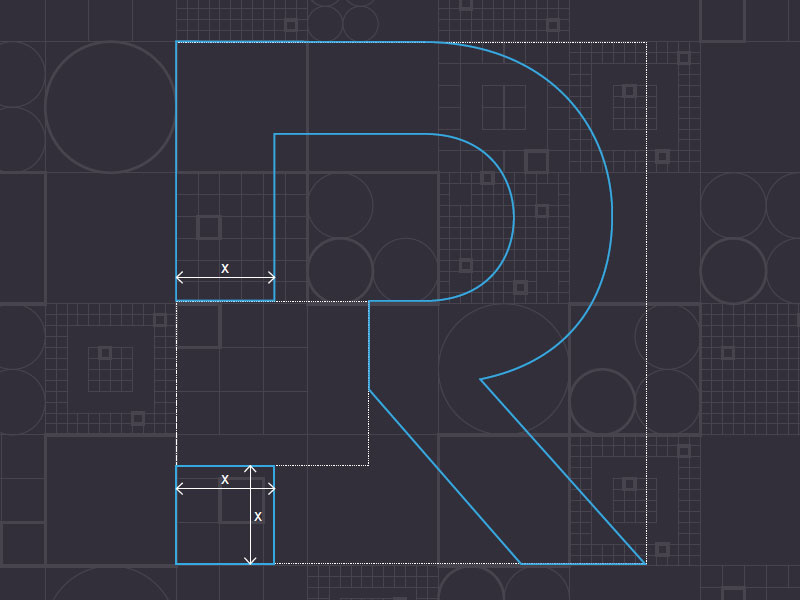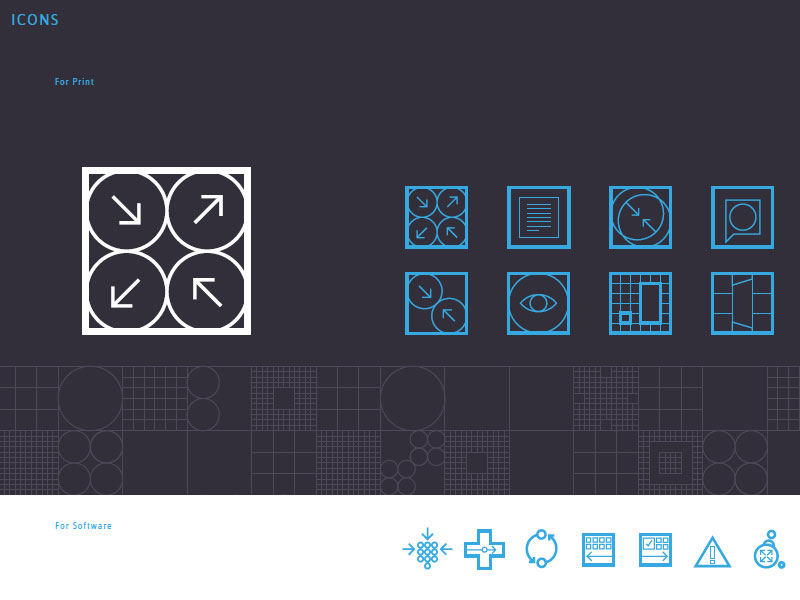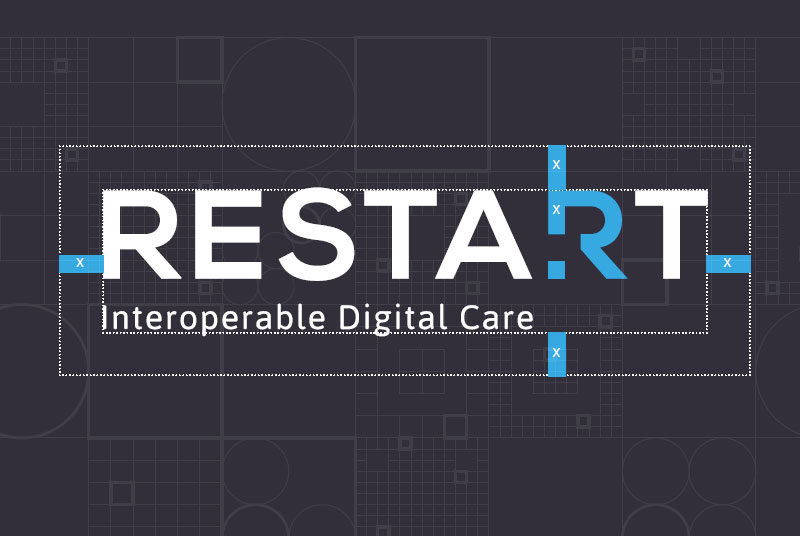Creating the Best User Experience – why UX is essential for healthcare software
We all know the difference between a good and bad experience – and when it comes to software, the quality of the UX – or User eXperience – can have a massive effect not just on productivity but also on how we feel day-to-day. For healthcare professionals facing huge demands and time pressures, bad technology is just not acceptable. If the software experience is not good, if the system is too slow or the layout too confusing, they will simply not use it.
Making life easier for clinicians is the number one priority – which is where shared care record solutions are so important. A shared care record is designed to provide health and care professionals with the right information, about the right patient, in the right place and at the right time, across multiple care settings by combining data from multiple systems into one, easily accessible, secure record.
The scale can be immense. The merger of Bedford Hospital NHS Trust and the Luton and Dunstable University Hospital NHS Foundation Trust cares for a population of around 620,000. The combined Trust brings together a workforce of approximately 8,000 staff – that’s a large amount of health and care professionals who will use the same software to access relevant patient data.
So how can software be designed to deliver a great end-user experience for all these separate job roles, responsibilities, varying IT capabilities, cultural and management requirements?

The importance of great design principles

Jason Cropper, Principal Architect, ReStart
There is a great deal of science now being deployed to create an optimal UX – from colours to layout, the way individuals read pages and consume data is analysed in minute detail. But is there more to it?
We talked to Jason Cropper, our Principal Architect at ReStart, about the design principles we use to give health and care professionals the user experience (UX) they deserve. Jason has worked in integration for twenty years. He has delivered shared records solutions for almost a decade, including collating patient data from all health and care organisations across a county into a single interface.
Here’s his top five:
1. Usability over aesthetics
A great UX is essential when it comes to health and care professionals using software to improve the patient experience and transform the delivery of care. And while pretty designs can be fun, they don’t always do the job. Clinicians need fast access to the right data, and that means putting functionality first. It means keeping the design as simple as possible, focusing on the relevant data and keeping the processes straightforward. For example, don’t confuse the users by offering multiple ways to do the same thing and don’t deluge any individual with data, it can become overwhelming.
Functional attributes such as design and colour are an important part of creating a great UX but it is essential to avoid being distracted: designers also need to understand and prioritise what users want to do and how they want to use the system and the data.
Software developers require both a top-level understanding of the NHS digital strategy and a deeper insight into how solutions can solve problems day-to-day. When a poorly developed or designed piece of software can have a detrimental impact on a patient’s health, it’s vital to get the right people involved in the process of designing healthcare software upfront.
2. Clinician led design
Everything starts with data – and understanding what data is required by clinicians is the foundation for a shared care record. But there is more to it than that. Good design requires the developer to delve deeper and understand what clinicians are looking to achieve with the data. For example, does a clinician simply need to view the data or share it with colleagues? What would be the best way to display the data to support different roles?
Clinicians have the data knowledge; software developers like ReStart have the integration and development expertise – bringing these two skillsets together in the right way is the key to building a great UX.
This clinician-led approach is the founding principle of creating a great UX for the IMX Clinical Record. Building on the NHS guidelines, ReStart’s User Interface (UI) development process ensures that clinicians are the ones who decide how they need to access and view data at the point of care.
3. Understand all your users
To create a good user interface (UI) design that delivers great user experience (UX), a designer must collaborate with users to understand what they do, when and how they do it. The software must fit in with users’ existing processes – if clinicians, administrators or managers have to change the way they work to fit in with a UI, then the UI is poorly designed. Plus, a great UX should enable users to pick up the software and use it with minimal, if any, training. Intuitive is a word that is bandied around a lot when it comes to UI design – but if your users can start using a new UI without help, then that’s intuitive design!
Exploring the way data is currently created and used can also give software developers an insight into the way they can improve the experience for users.
Radiology test results are a great example of information that is typically located on two separate systems – text-based interpretations of the X-ray in one system and images in another – which means clinicians need to log into both systems each time they need a patient’s radiology results. Providing access to both image and text results from one system transforms the user experience, saving time and reducing errors.
4. Collaboration and partnership
Good software makes life easier – and a shared care record should enable healthcare professionals to focus on their patients and let the technology work efficiently in the background. ReStart achieves this clinician-led approach by working in partnership with clinical champions. We combine their vision and understanding of how data can be best used at the point of care with our understanding of UI design and best practice to create the best possible UX.
Clinical safety is critical – every design is reviewed during development and before go-live by our certified clinical safety officer, an experienced clinician whose job is to understand what is unsafe in the way data is displayed.
We also use focus groups and surveys to get regular feedback from various user groups to understand their experiences – and this information informs ongoing development and design.
5. Futureproof design
Managing change is essential, especially in a complex environment such as the NHS. As such, a key part of the development collaboration is keeping an eye on the future – what systems might be added soon? What data will they include? Having a clear view of future data enhancements will make sure it’s easy to add another system without making changes to the UI that affect the UX. The shared care record is a prime example of a system that will be continually enhanced and expanded – and clinicians need to be able to consume every piece of new data instinctively and easily.

Conclusion
The science behind great UX design continues to develop; understanding into the way users scan pages, the colours they respond to, and the optimal positioning of information on the page will, of course feed into any excellent software development.
But at every stage of the process, it is the data that leads the design. Providing health and care professionals with a shared clinical record should transform day-to-day lives, improve time to care, and eradicate mistakes. Providing that data in a way that works for users, quickly and effortlessly, is the key to delivering a great UX.
We’re attending Digital Health Rewired this week where the team will be on hand with free interoperability advice.


